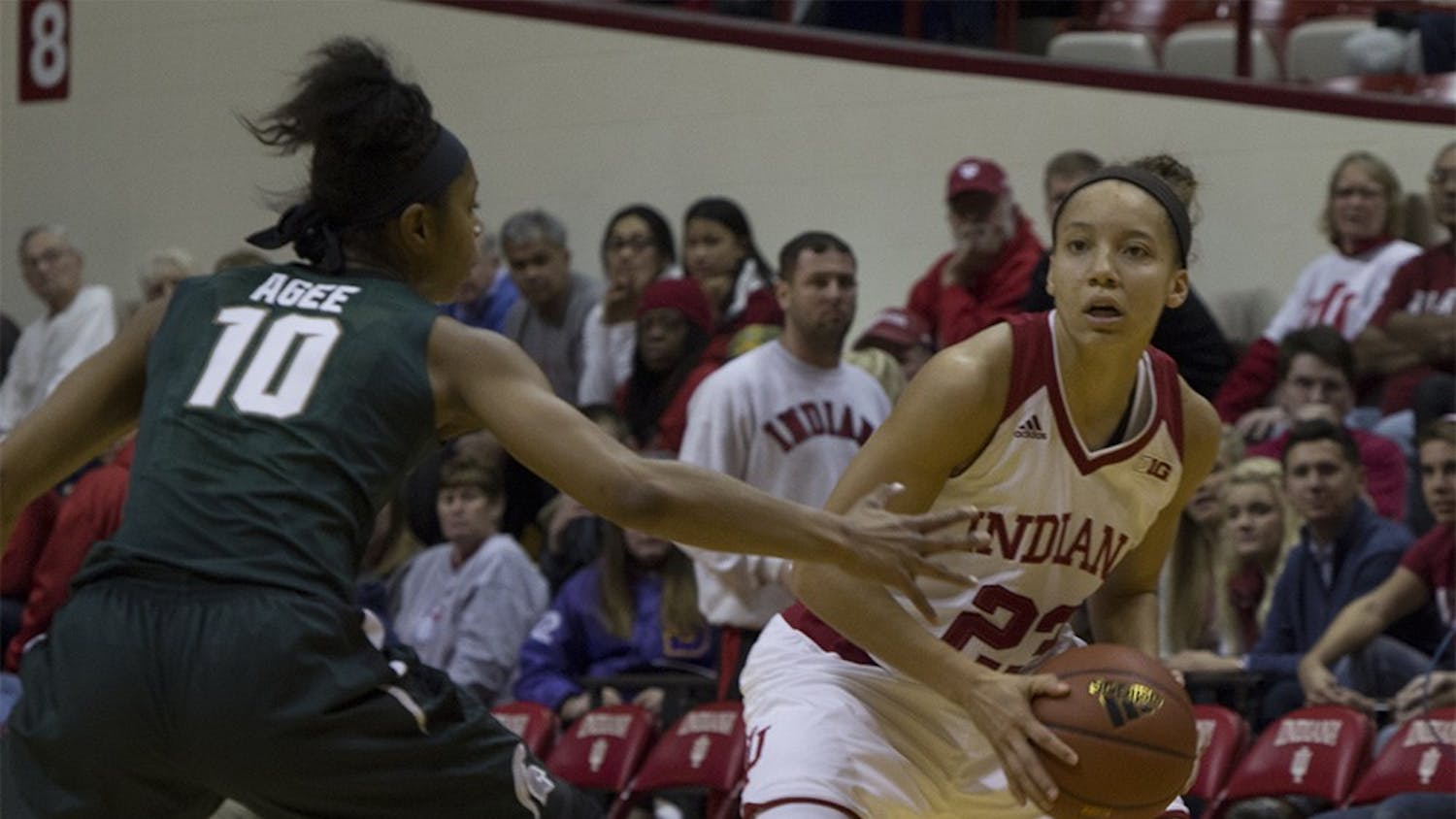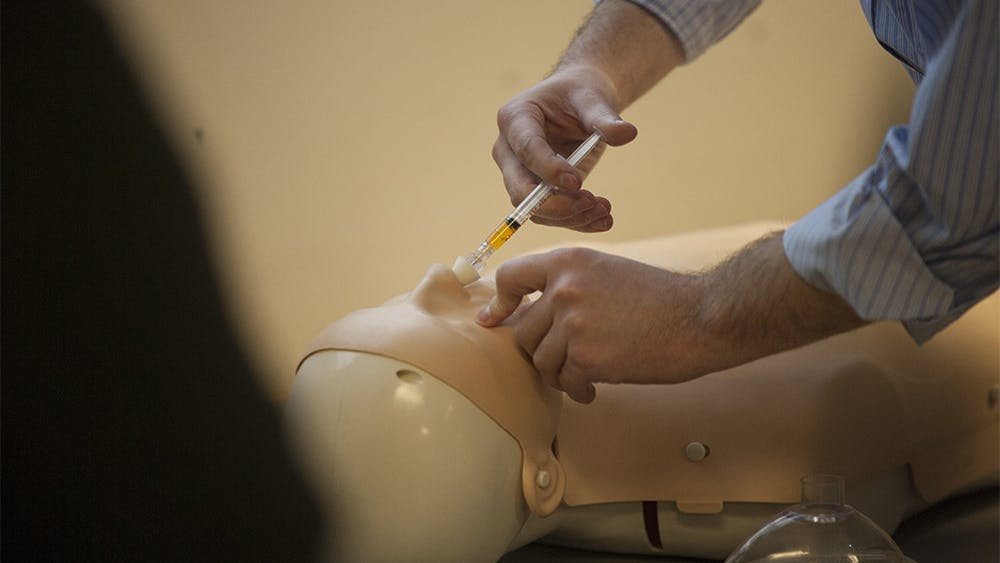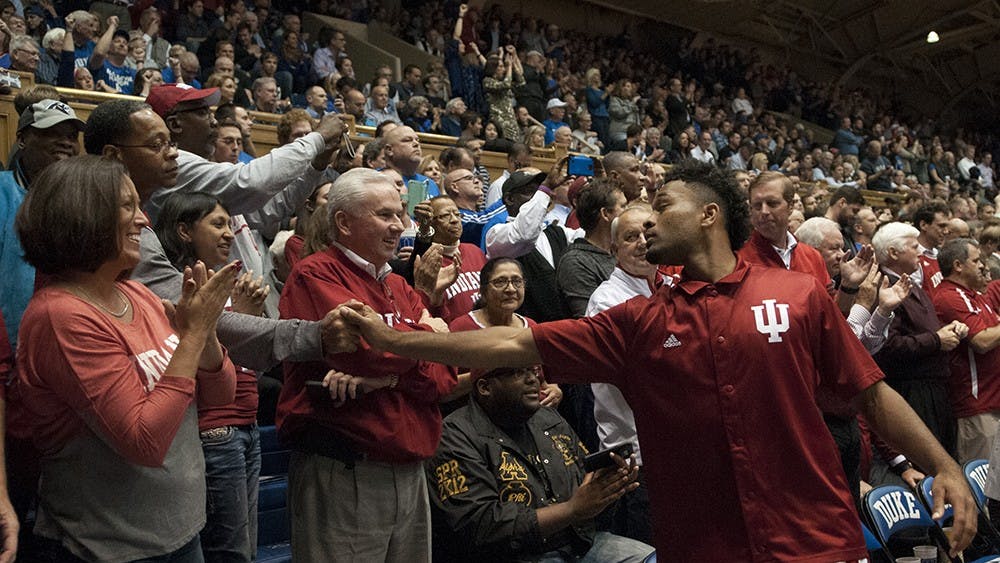Skyrocketing gas prices have forced IU to cut funding to the Bloomington Public Transportation Corporation, resulting in a series of service changes effective Sept. 1, 2008.
To maintain all routes as current, a 12 percent increase in total revenue was necessary, but IU only provided money for a 2.5 percent raise, Chairman of Bloomington Transit Ray McConn said at a public hearing on Tuesday. Slashing routes was the most logical way to compensate, McConn said.
IU initiated and paid for routes 1 South Walnut/Arbor Glen, 6 Campus Shuttle and C-9 Campus. BT took on those routes because IU could support them and now it cannot, he said.
This year has been the most challenging budget year for BT, said Lewis May, general manager of Bloomington Transit. BT uses 290,000 gallons of fuel per year, and its fuel expenses are expected to rise from $700,000 in 2008 to $1.32 million in 2009, May explained.
Almost all public outcries were against the proposed elimination of the Sunday 6 Campus Shuttle. Previously it ran from 9:30 a.m. to 9:30 p.m.
“Essentially you’re forcing people to be homebodies,” said David Cartledge, a Bloomington resident.
Weeknight service during the spring and fall semesters will end at 11:30 p.m. instead of 12:30 a.m. During summer and break periods weeknight service will end at 7:30 p.m. instead of 9:30. Cartledge and others expressed their distaste for the changes and suggested the miles saved on weeknights could be used to reinstate Sunday service.
After hearing concerns, all board members are in favor of retaining the Sunday route during the spring and fall semesters for 10 hours as opposed to 12. But members are fearful operating reserves could shrink to a dangerous level as they discussed following the public hearing.
To review all proposed changes, visit www.bloomingtontransit.com.
In light of the environmental impact of automobiles, residents questioned the proposed reductions in bus routes.
“It’s anti-green. It hampers the environment, and we certainly can’t afford that,” said Ariadne Lieber, a Bloom-
ington resident.
“In times when gas prices are high, making cuts to public transportation is wrong,” Cartledge said.
However, the cuts are ultimately about the budget and the availability of funding.
“We’re on the same page ... our power as a board is very limited,” McConn said.
Only 25 percent of BT’s budget comes from fare revenues; the other 75 percent comes from federal and state funds. In January 2008, fares rose for the first time in 11 years from .75 cents to $1. Citizens must write letters and be vocal to turn authorities from highways to public transportation, McConn said.
In spite of all the commotion, Bloomington Transit has only made a 3 percent reduction in total services compared to IU’s 19 percent reduction also set to take effect Sept. 1.
The guiding plan in identifying modifications was to continue carrying students during core hours, the board confirmed.
“The ideal solution is this community, this state, this country needs to fund public transportation much more than current levels,” May said.
Bloomington Transit forced to cut services
Get stories like this in your inbox
Subscribe





